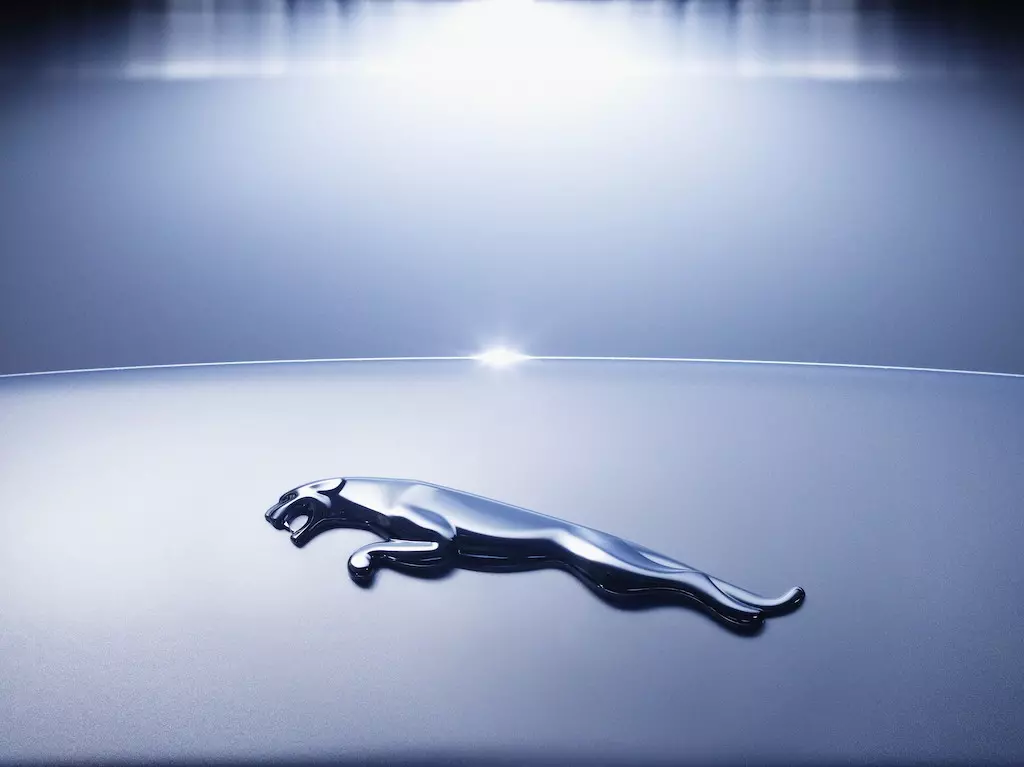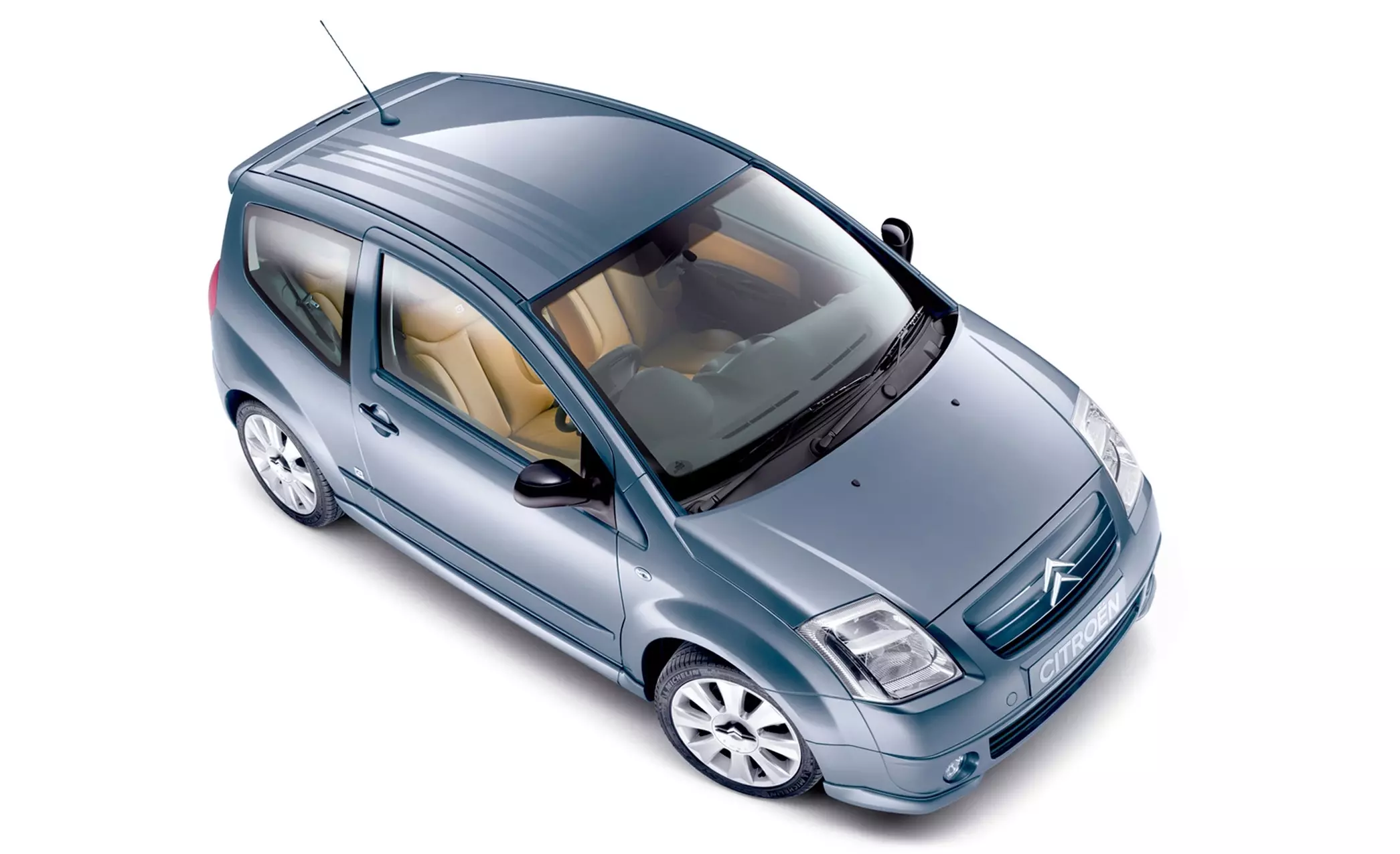
19th March 1984
The Space Shuttle Challenger was moved (very slowly) from the NASA building to the launch pad in preparation for its forthcoming mission. It was listed as STS 41-C, which was the 11th Space Shuttle mission, and Challenger’s fifth visit to space.
However, the mission had problems from the off, because both the main computer and back-up computer failed at Mission Control, so controllers had no information about the status of the vehicle for about an hour.
Thereafter, Challenger released a satellite called LDEF (Long Duration Exposure Facility) which was designed to measure the effects of an extended period on space.
After that, crew members George Nelson and James van Hofen undertook two spacewalks to capture a failed satellite, although only one was planned. They had so many problems capturing it the first time that a second attempt was required. As a result of this, the mission was extended by one day, then after 108 orbits, Challenger landed at Edwards Air Force Base on April 13.
If you're interested in the Space Shuttle, then we have the perfect Shuttle manual for you – just click here.

20th March 1956
The USSR performed a nuclear test on this day in 1956. The test was one of nine that the Soviet Republic carried out that year. The test device was a 14-kiloton bomb that was detonated 280 metres above Semipalatinsk in Kazakhstan. The test was followed by another on 25th March, when a 5.5kt device was detonated at an identical height above the same location.
And if you want to find out more about nuclear weapons, we have all you need to know in our Nuclear Weapons manual.
21st March 1947
A clever man, was Earl S. MacPherson. On this day in 1947 he applied for a US patent for his new design of vehicle suspension system.
The MacPherson strut was mounted directly to the car’s body at the top, and secured to a wishbone at the bottom. The shock absorber also carries the vehicle spring, and it is even possible to have it attached to a steering arm. This design allowed car makers to do away with an upper control arm, thereby creating more space in the engine bay, which had a double benefit. It made for easier packaging in small cars, and allowed for larger engines to be fitted in bigger ones.
And Haynes can guide you through everything you need to know about MacPherson struts, with our suspension techbook.

22nd March 1998
Former World Rally Champion Colin McRae announces that he is pondering a move out of the world of mud and ruts, and into the Formula One arena with the Stewart-Ford Racing Team. “If I am competitive in this test, then I have to consider what I might be getting into. There’s no reason why I couldn’t make it,” he said. He had already tested a Jordan Formula One car in 1996.
Up to that point, the Scot had been synonymous with the Subaru brand, taking his 1995 world title in the company’s then-new Impreza small saloon.

23rd March 1945
The Swallow Sidecar Company was established by William Lyons and William Walmsley in 1922, firstly making sidecars for motorcycles before expanding into the car-bodywork business. Along with the Standard Motor Company, Swallow began to build complete cars, many of which had the name Jaguar. Then in 1945 the company’s name was changed to that of Jaguar Cars Ltd. Lyons said of the change: “The Jaguar name is distinctive and cannot be confused with any similar foreign name.”
And Haynes has a manual for many Jaguar cars, including the iconic E-type and even the model favoured by the late Queen, the Jaguar X-type.

24th March 2006
Volkswagen launched an upmarket version of its Transporter model, called the Sportline. It was available in both long- and short-wheelbase options, and featured lowered suspensions, five-spoke alloy wheels, plus a comfort driver’s seat with armrest, anti-lock brakes, a CD player and air-conditioning. And if you bought it in black you could live out your A-Team fantasies every time you drove it.
Better still, if it went wrong, there’s a Haynes Transporter manual to help you repair it as cheaply as possible. We’ve also listed the most common problems you’re likely to find with the Transporter.

25th March 2007
Citroen releases a special edition of its C2 city car. The new version is based on the sporty 1.6i 16v VTS model, and features a full leather interior 16-inch alloy wheels new colours of paint and a stripe across the roof. The front seats are also heated. Other standard kit includes air-conditioning, electric front windows and four airbags.
And if you’re in the mood to relive your hot hatch memories, Haynes can help you keep your C2 on the road for much less than you’d spend at a garage. Simply invest in the Haynes C2 manual and we’ll help you through every repair with our step-by-step procedures.